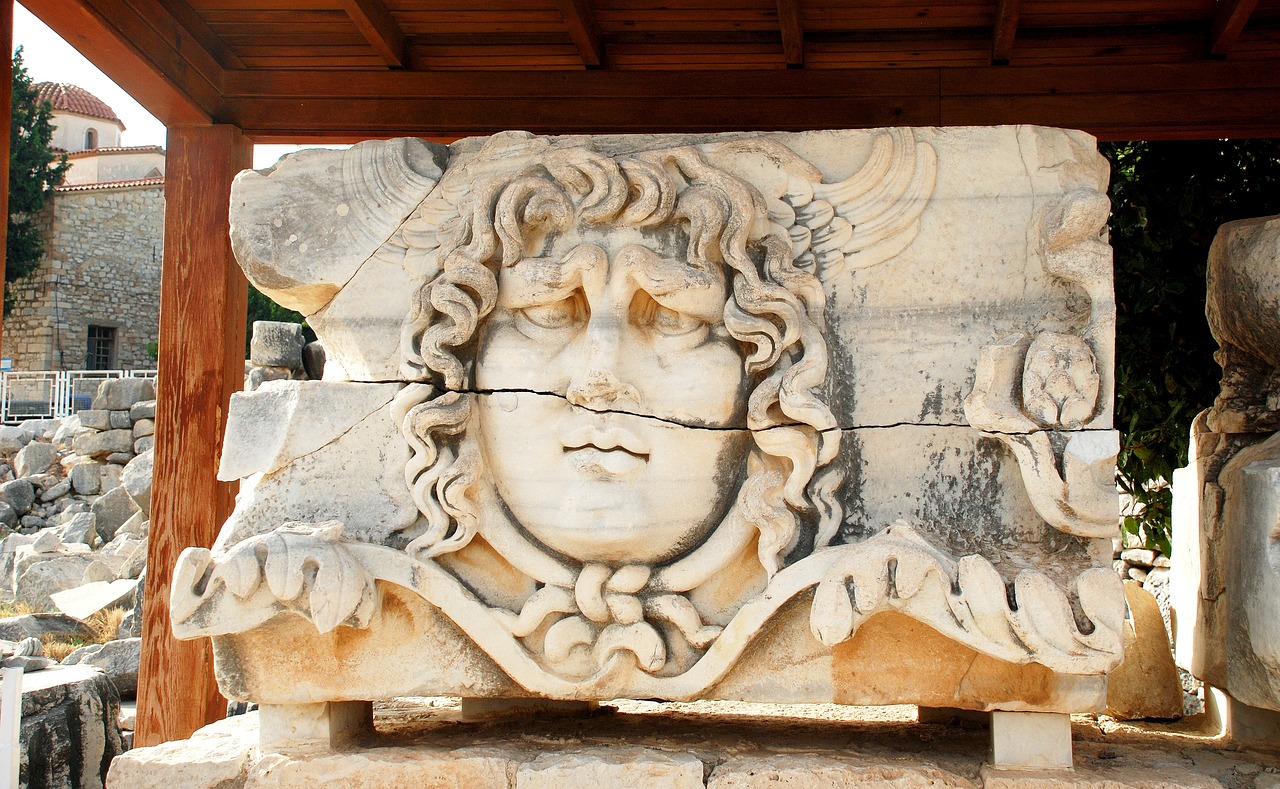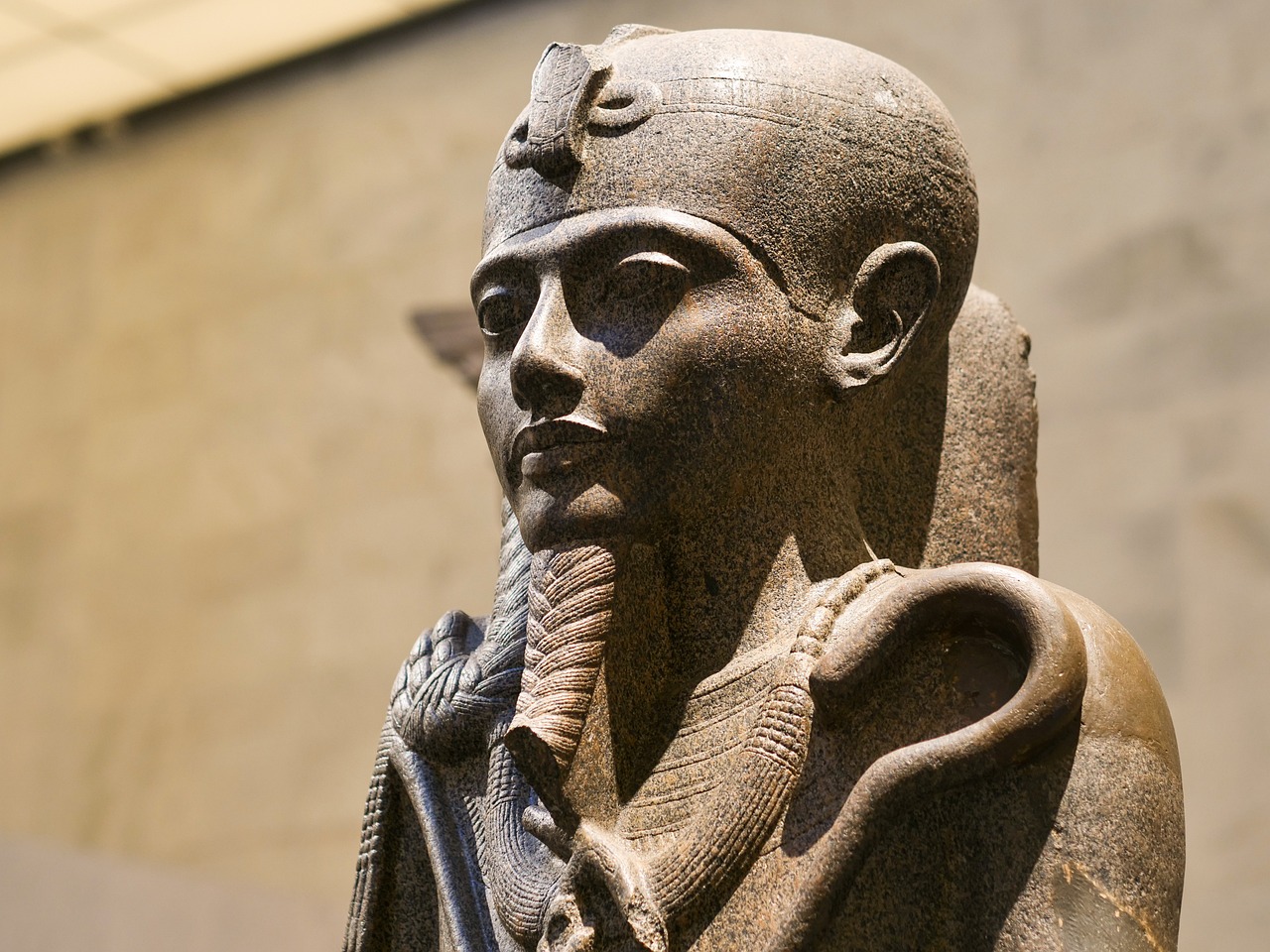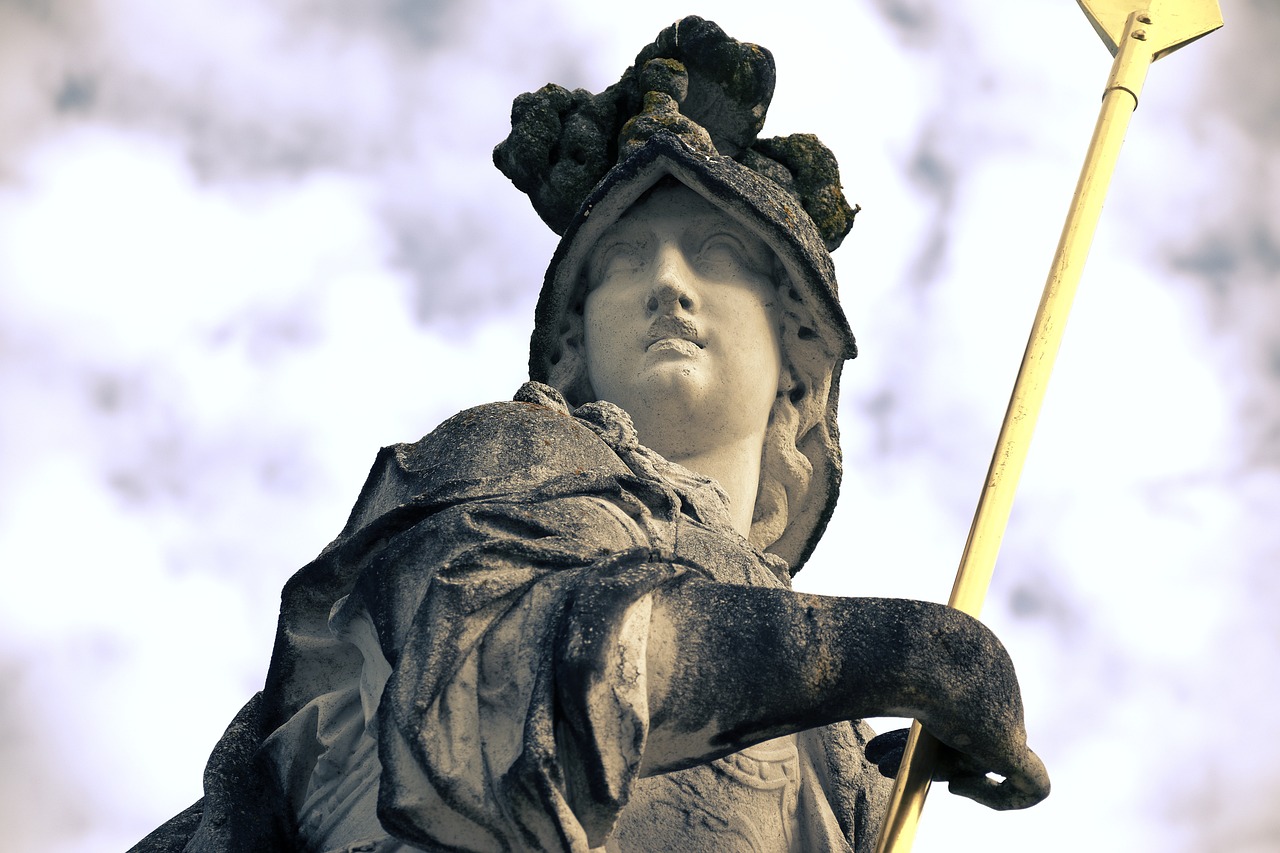Mythology
-

Hades, the deity of the underworld in ancient Greek mythology, was known by several names including Aïdes, meaning “the Unseen,” and Pluto, which translates to “the Wealthy One” or “the Giver of Wealth.” As a son of Titans Cronus and Rhea, he was part of the significant Olympian family, which included his brothers Zeus and…
-

The Roman Empire, a monumental ancient civilization, was established in 27 BCE in the city of Rome after the fall of the Roman Republic. It persisted until the decline of the Western Empire in the 5th century CE. Here is a condensed overview of this vast empire, while a more comprehensive exploration can be found…
-

In exploring Ancient Egyptian deities, the topic of moon gods is often overshadowed by their sun counterparts. Thoth, initially recognized as the chief moon god, gradually evolved into a broader symbol of wisdom and time, leading to Khonsu assuming the moon deity role. Later, during the Late Period, Iah emerged similarly, as Khonsu’s identity shifted…
-
Imhotep: The Architect and Polymath of Ancient Egypt Imhotep, known in Greek as Imouthes, flourished around 2667-2600 BCE and stands out as one of ancient Egypt’s most remarkable figures. Renowned primarily as the architect behind King Djoser’s Step Pyramid in Saqqara, his name translates to “He Who Comes in Peace.” He holds the unique distinction…
-

Roman Religion: Beliefs and Practices from Classical Antiquity Roman religion, also referred to as Roman mythology, encompasses the beliefs and customs practiced by the people of the Italian peninsula from ancient times until the rise of Christianity in the 4th century CE, within a timeframe known as Classical antiquity. The Romans, particularly articulated by the…
-

An Overview of Nuada of the Silver-Hand Nuada of the Silver-Hand stands as a prominent figure within the rich tapestry of Irish mythology, hailed as the inaugural king of the Tuatha dé Danann. Renowned for his integrity and judicious leadership, Nuada guided his people to prehistoric Ireland, engaging in fierce confrontations against the formidable Fomorians.…
-

Roman Deity of Intelligence and War In the realm of Roman mythology, Minerva emerged as a distinguished symbol of both wisdom and warfare. Her influence transcended the mere domains of intellect and combat; she also served as the guardian of crafts, representing a unique fusion of artistic and martial skills. To the ancient Romans, Minerva…
-
Belenus, also known as Belenos, Belinus, Bel, or Beli Mawr, represents a significant sun god in Celtic heritage and was a prominent figure by the 3rd century in the Italian city of Aquileia. Revered as the “Fair Shining One” or “The Shining God,” he ranks among the earliest and most widely venerated deities of the…
-
Seshat: The Egyptian Goddess of Writing Seshat, also known as Sefkhet-Abwy and Seshet, holds the prestigious title of the Egyptian goddess of writing and record-keeping. Her name translates to “female scribe,” and she is often depicted as a woman adorned with a leopard skin over her robe, complemented by a distinctive headdress featuring a seven-pointed…



